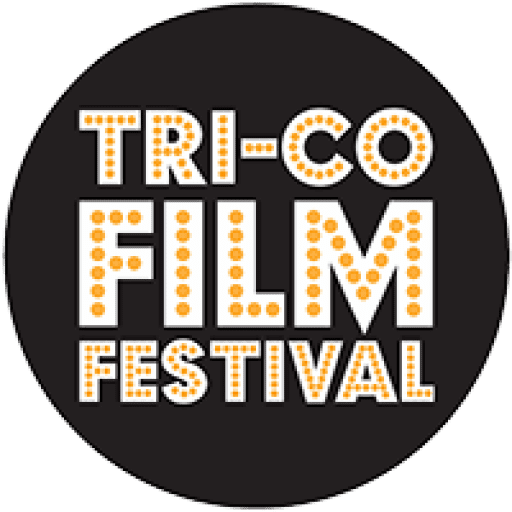by Maddie Basil
Jay Schwartz will never forget the first film he owned: a three-minute, soundless snippet of The Old Fashioned Way, a slapstick comedy from the 1930s. He remembers watching the 8mm over and over on his parents’ home movie projector with his brother. They would even run the reel backwards to see the star of the film, W.C. Fields, juggle in reverse-motion.
Schwartz still carries the same passion for movies today. He is the founder of The Secret Cinema, a project which aims to bring obscure or forgotten films to movie enthusiasts all across Philadelphia and beyond. Schwartz started the project in 1992, when his extensive film collection could still fit into one closet. Now, he’s amassed over 4,000 reels, which he stores in an air-conditioned warehouse in Kensington. He travels far and wide, showing off his films to audiences at various theaters, festivals, churches, and university campuses (including our own Bryn Mawr Film Institute). He once even did a particularly spooky Friday the 13th screening at Laurel Hill Cemetery. But, no matter the location, there’s one thing everyone who attends Secret Cinema events can be sure of:
“All Secret Cinema presentations are shown in 16mm (or larger!) film on a giant screen,” the project’s website boasts. “Not video…not EVER!”
The Tri-Co community was lucky enough to get to experience this firsthand when Schwartz brought himself and his projector to Swarthmore College in early April. He inaugurated his visit with a brief presentation about the story of The Secret Cinema, recalling its humble beginnings in the 90s. It was in a local music club, frequented by punk, rock, and alternative bands, that he first began hosting screenings. On Monday nights, the small room upstairs was transformed into a makeshift theater, filled with sofas and spectators. Of course, there were nights when loud guitar from downstairs would blast through the floorboards, but all in all, the new film venue Schwartz had established ran smoothly and successfully for years to come.
When Secret Cinema started, Schwartz played everything from wacky rock-and-roll movies to campy cult favorites, focusing mostly on feature-length films. He always had a penchant for the unusual, the oft-neglected gems that rarely made it to commercial movie screens. Today, he showcases rare vintage cartoons, public service announcements, theatrical shorts, and plenty of “low-brow” black comedies and exploitation films. One of his most fascinating Secret Cinema undertakings involves showing other people’s home movies, offering intimate looks into the everyday lives of total strangers from the 1920s through the 70s.
This spring, Schwartz – who says he almost never shows the same lineup of films twice – curated a program of Philly-related films for the Tri-Co’s viewing pleasure. Organized by Swarthmore’s Film and Media Studies department and funded by the Kaori Kitao Endowment for Cinema History, the event was entitled “ From Philadelphia with Love: Lost Local Films”.
In keeping with this theme, Schwartz kicked off the evening with Brooklyn Goes to Philadelphia, a sardonic travelog from 1954 which pokes fun at the city’s patriotism and unreliable public transit. This was followed by Our Changing City, a government-funded short from 1955 that feels almost like propaganda, attempting to persuade viewers of the benefits of urban renewal in Northeast Philly. Next up was the charming 1982 film Westside Store, centering on a group of ragtag neighborhood kids who open their own secondhand shop (and featuring a cameo by a young Ahmir Thompson a.k.a Questlove). Schwartz opted to close the screening with the haunting Assembly Line, a 1961 drama directed by Morton Heilig, which captures the monotonous life of a young man employed at a Philadelphia factory. These four films in sequence created an evocative and nuanced portrait of the city – which may have been lost to the ages if not for Schwartz’s commitment to preserving these works.
This is what underpins the mission of Secret Cinema; the website urges that the “projected images of the past must be kept alive” and that “it will be up to the cineastes and collectors to keep real movie screens lit”.
Schwartz acknowledges the inevitability of some of his many reels eventually becoming damaged or worn. His films will naturally decay over time, the picture growing discolored or fuzzy. But the ephemeral nature of the medium doesn’t make Schwartz’s work any less meaningful. Instead, it makes the Secret Cinema project all the more important. We have Schwartz to thank for gathering these film treasures in the first place and sharing their nostalgic beauty with us while we can still enjoy it.
